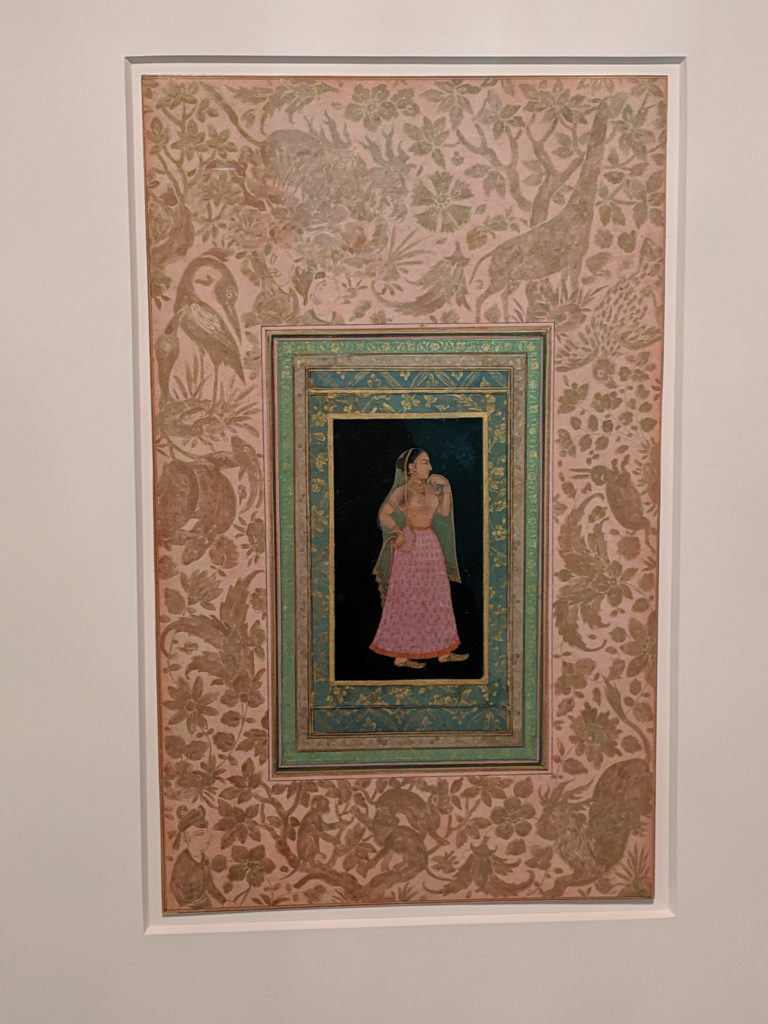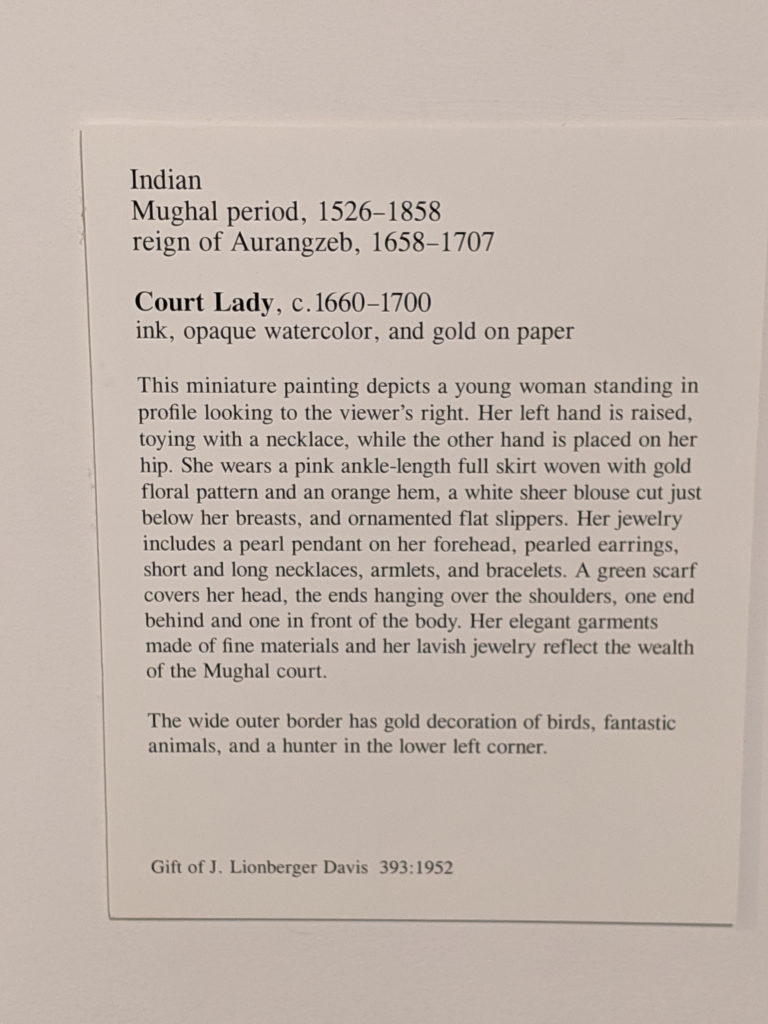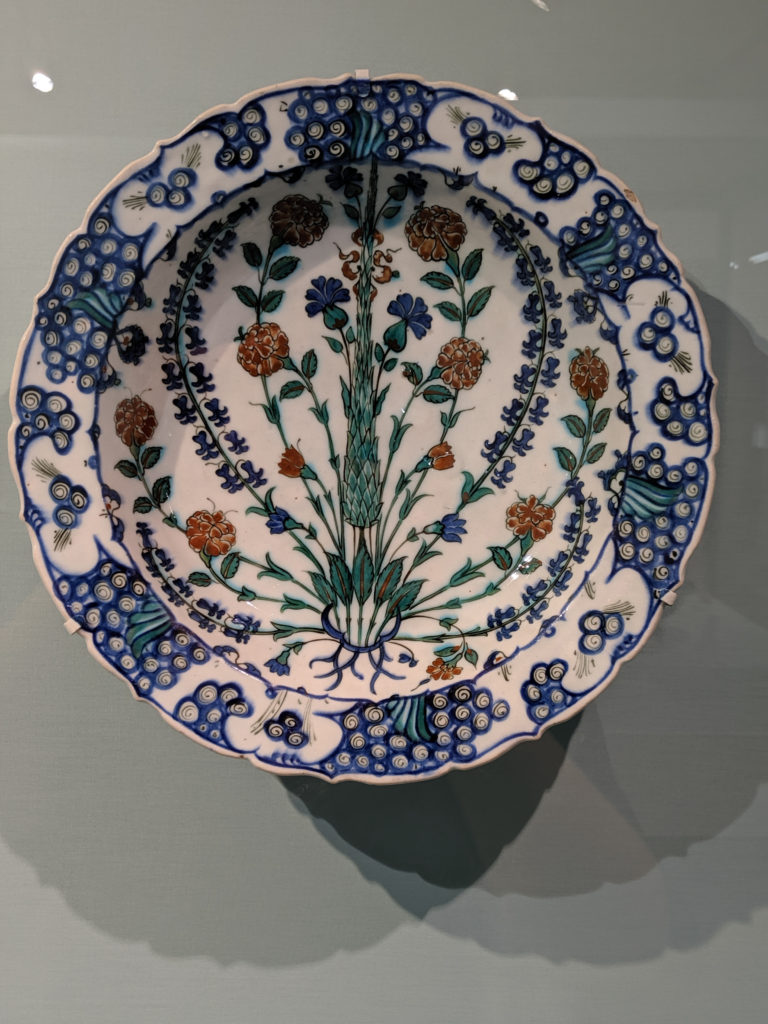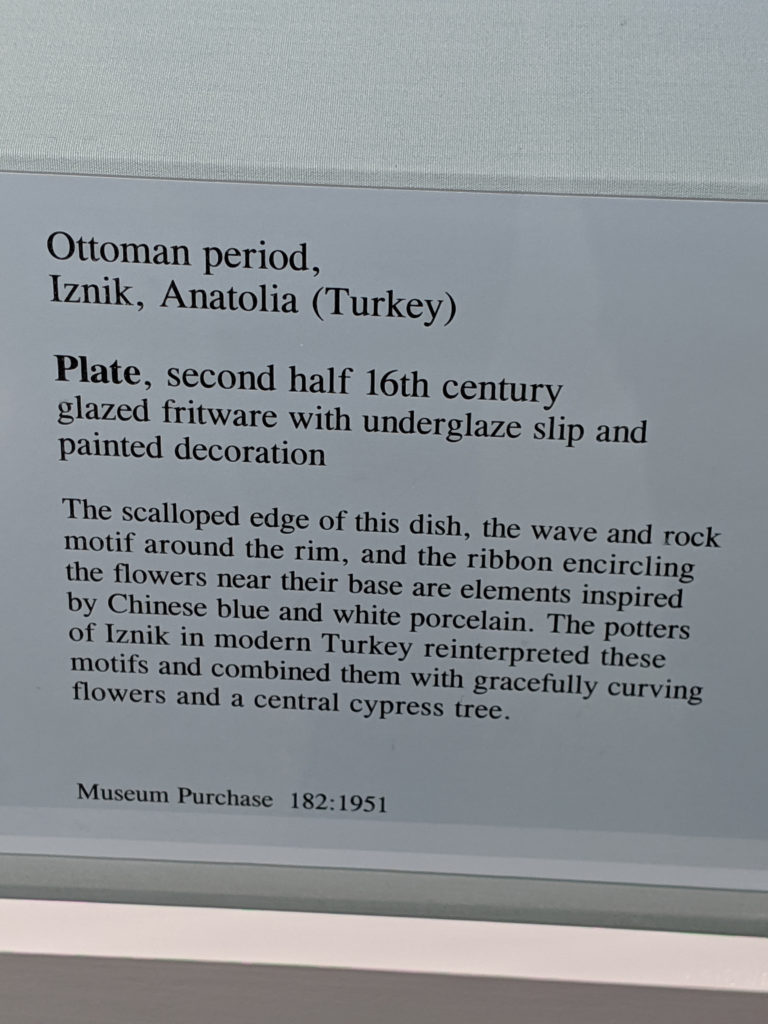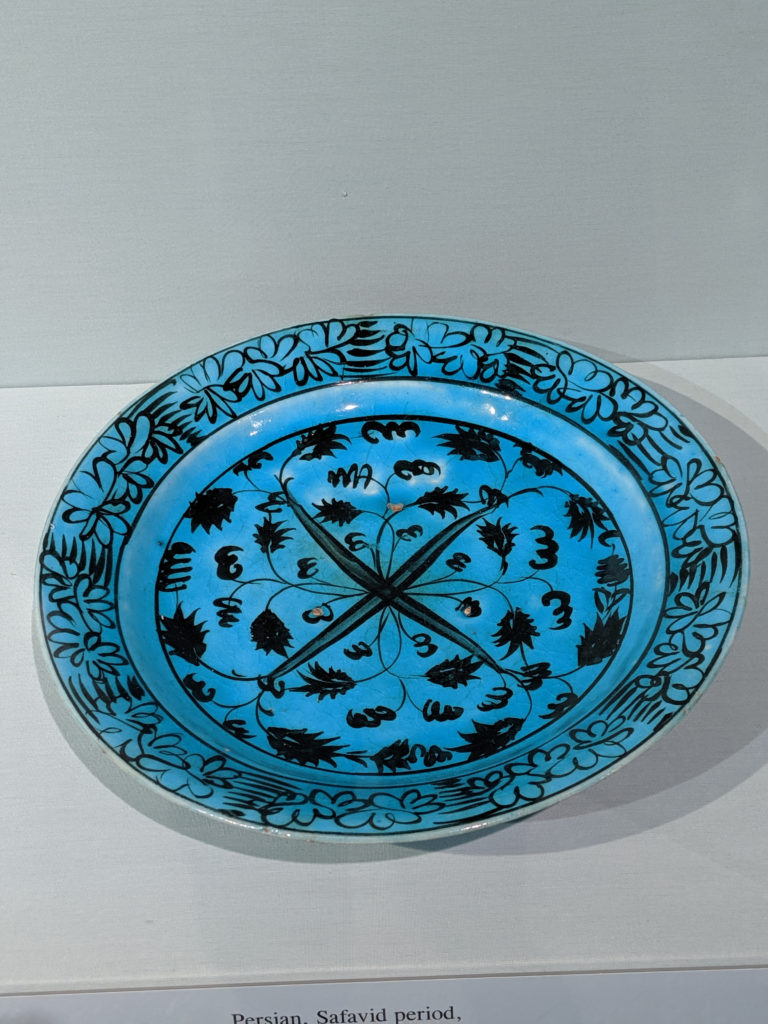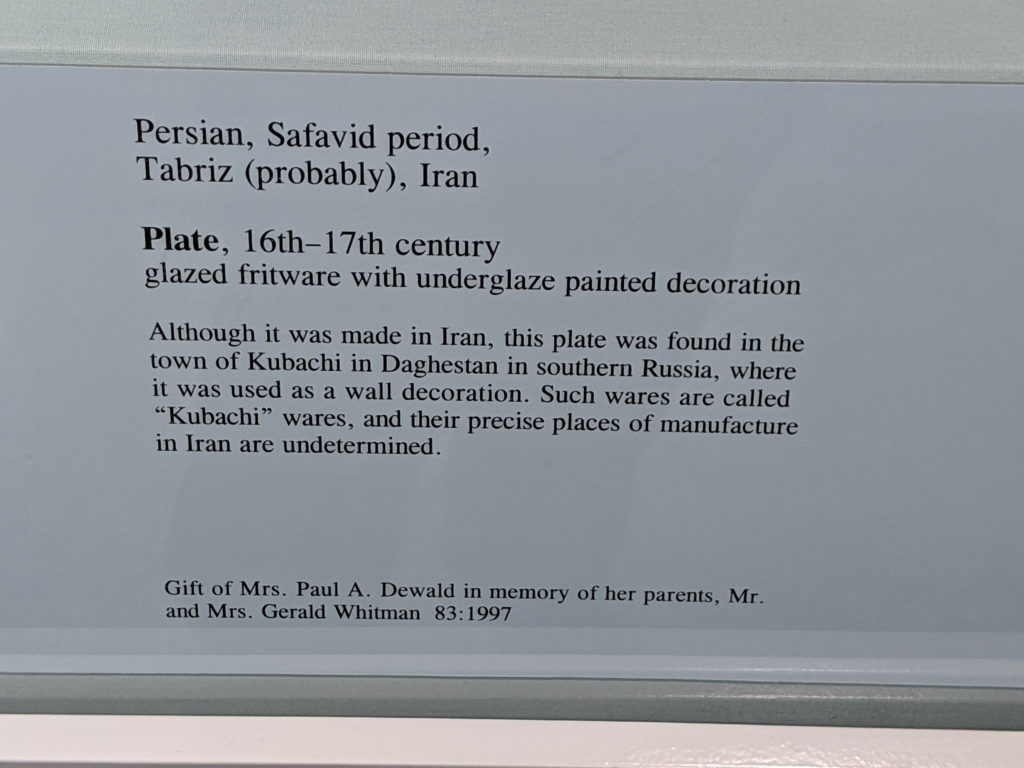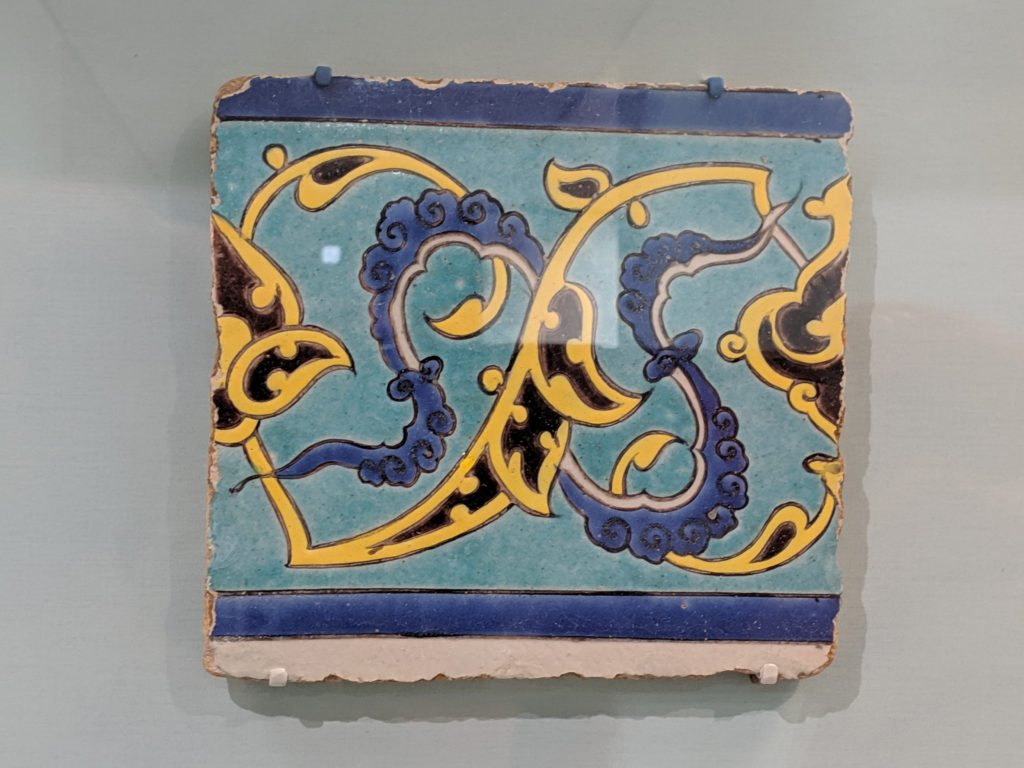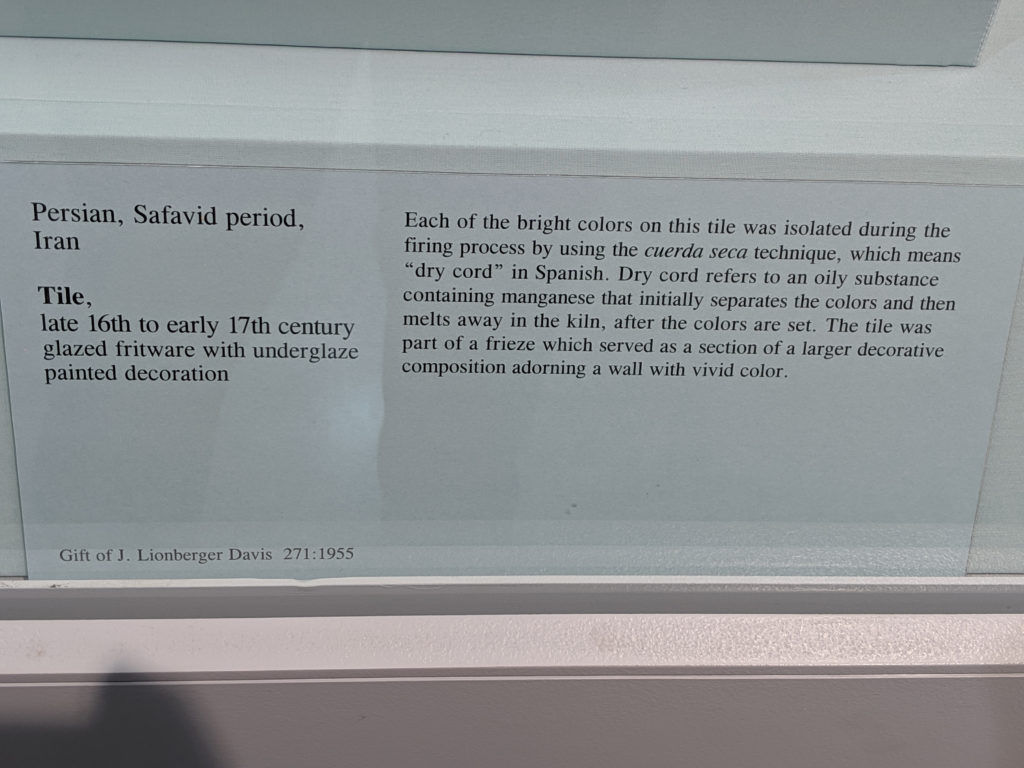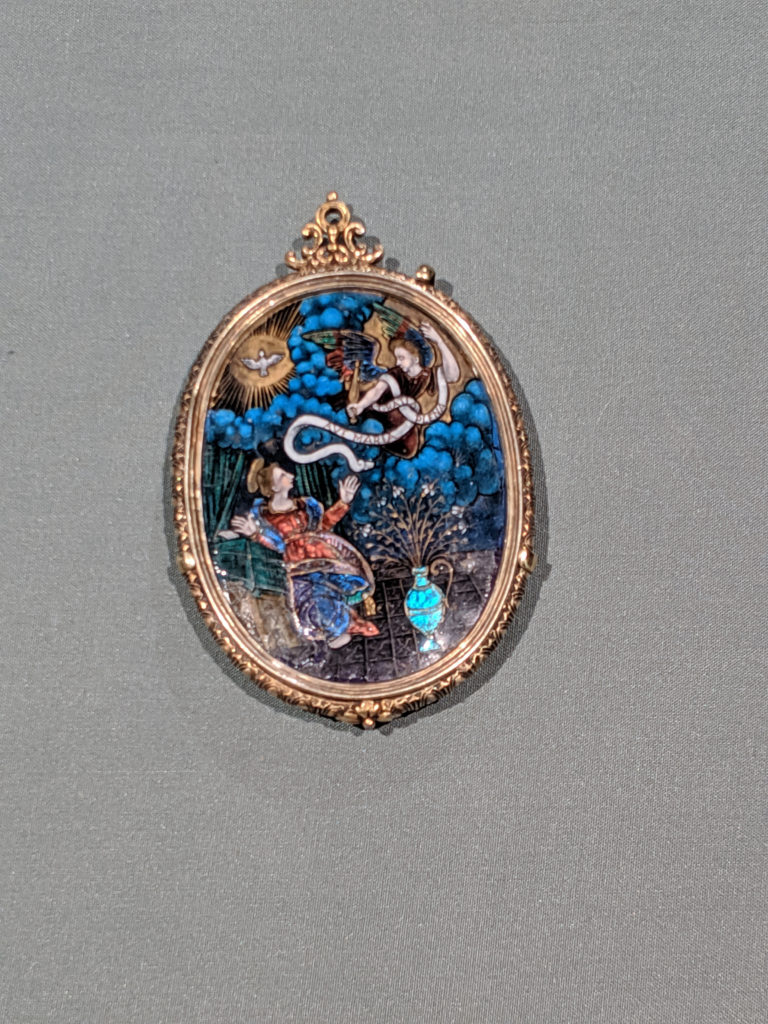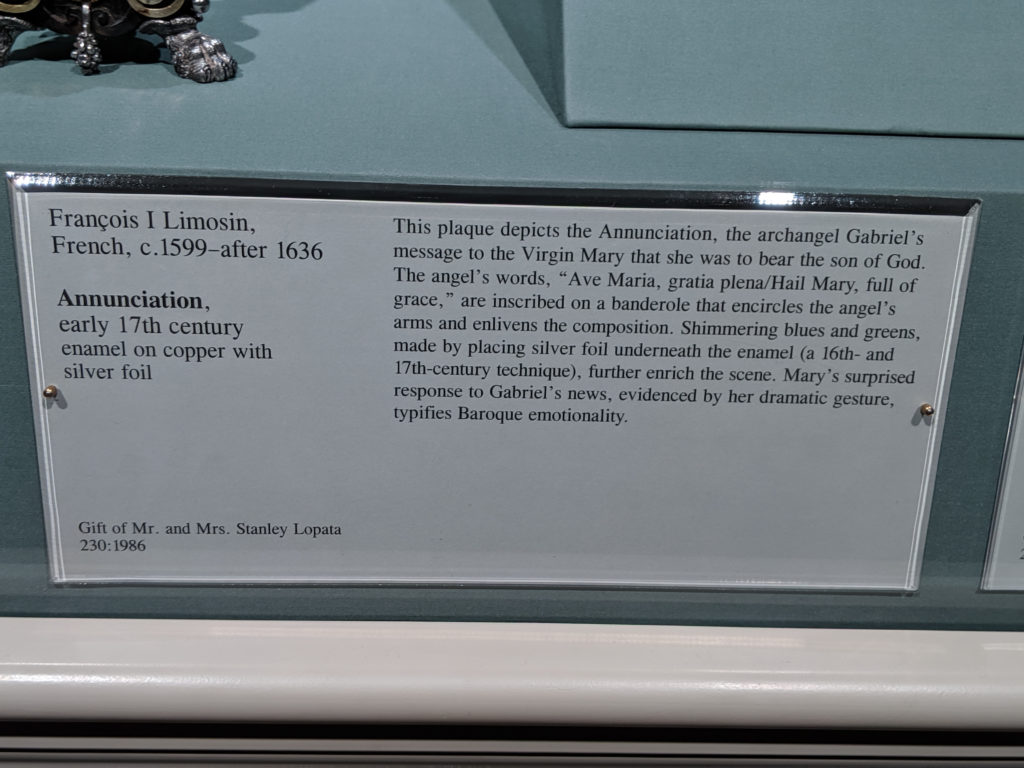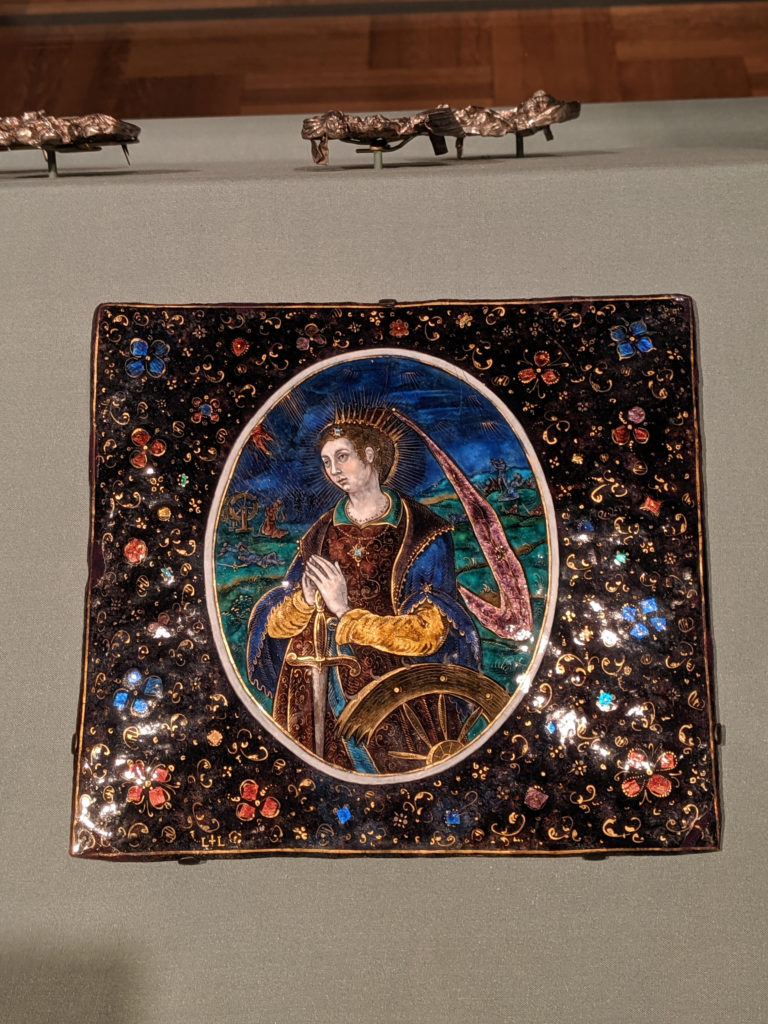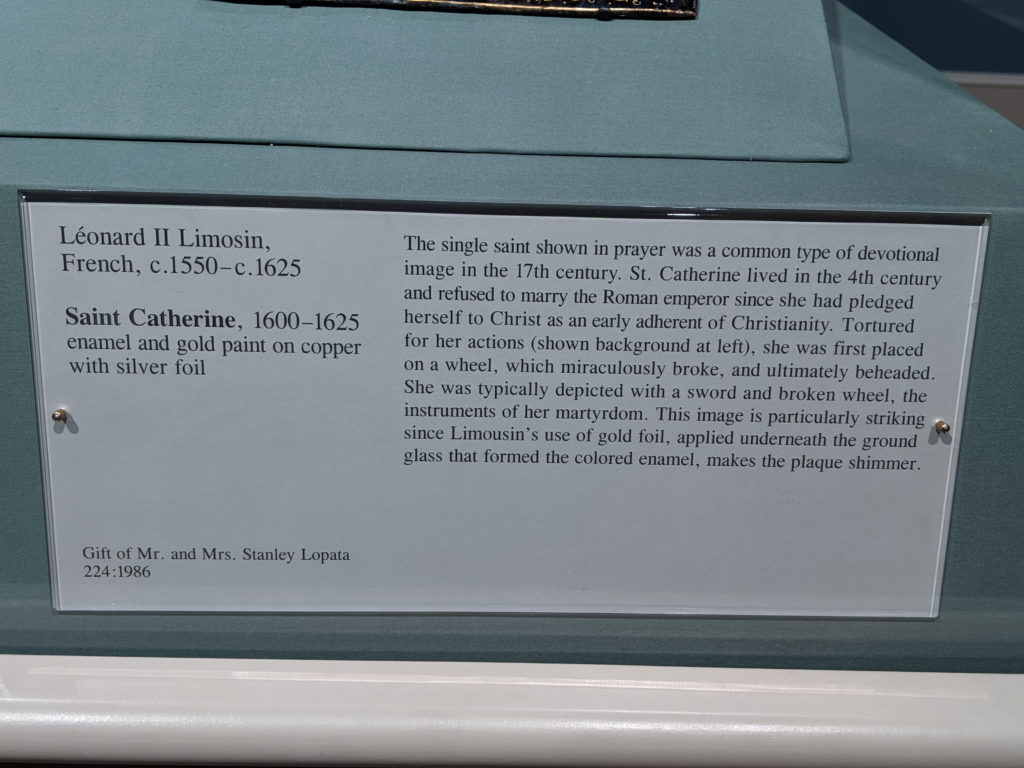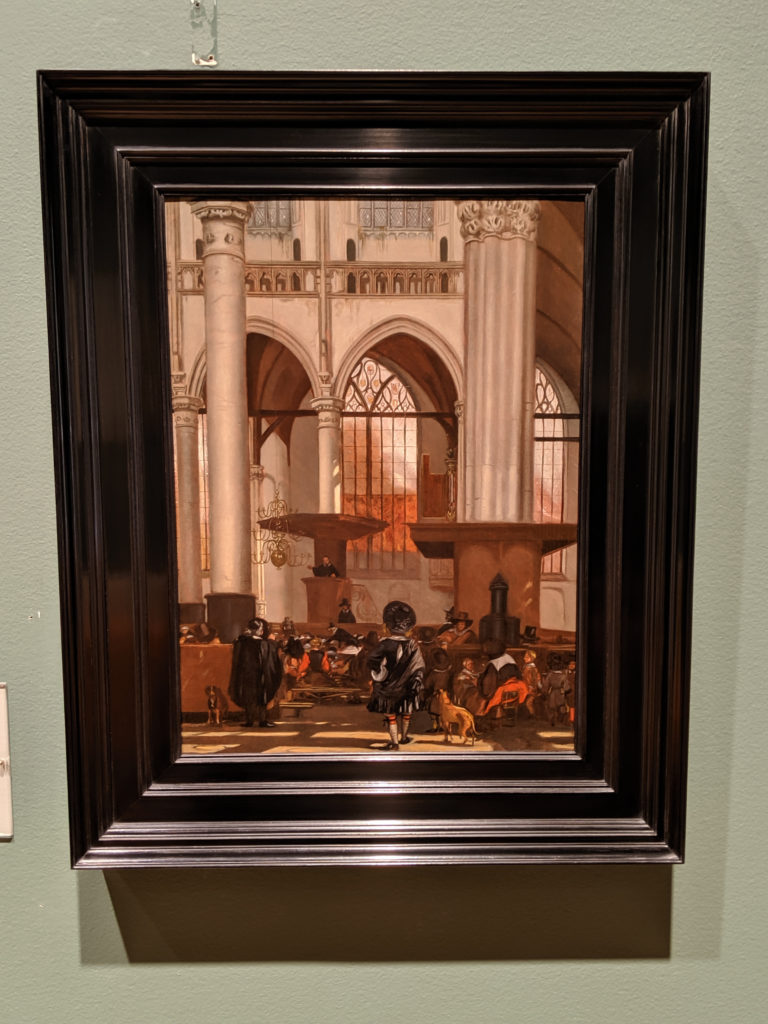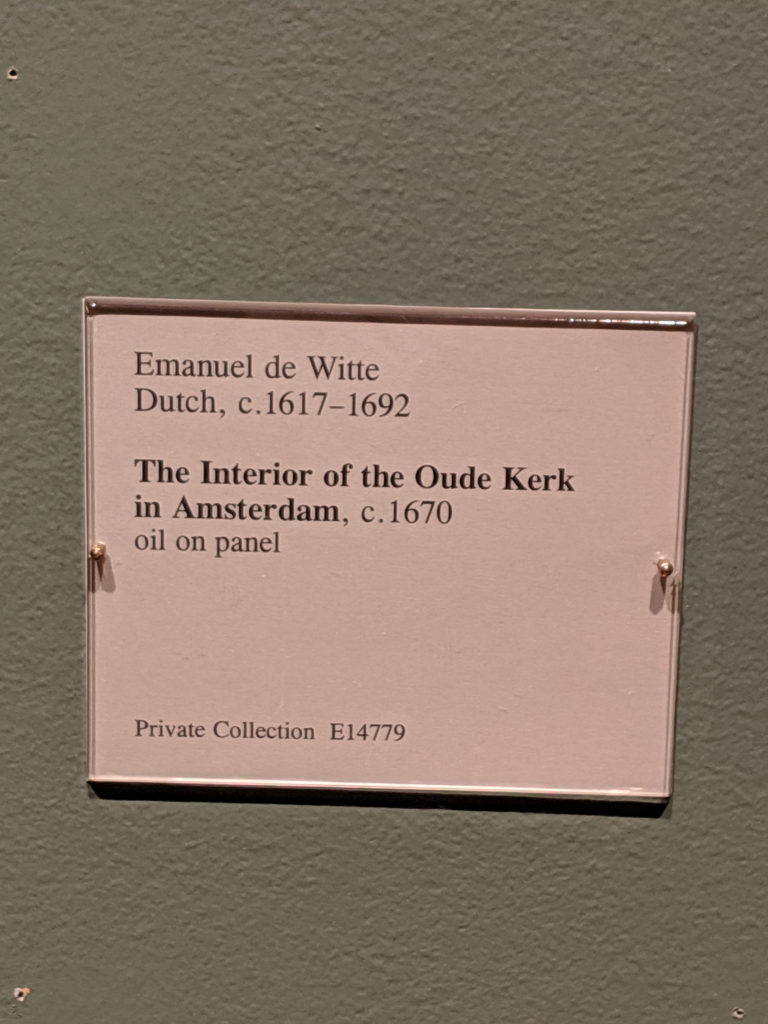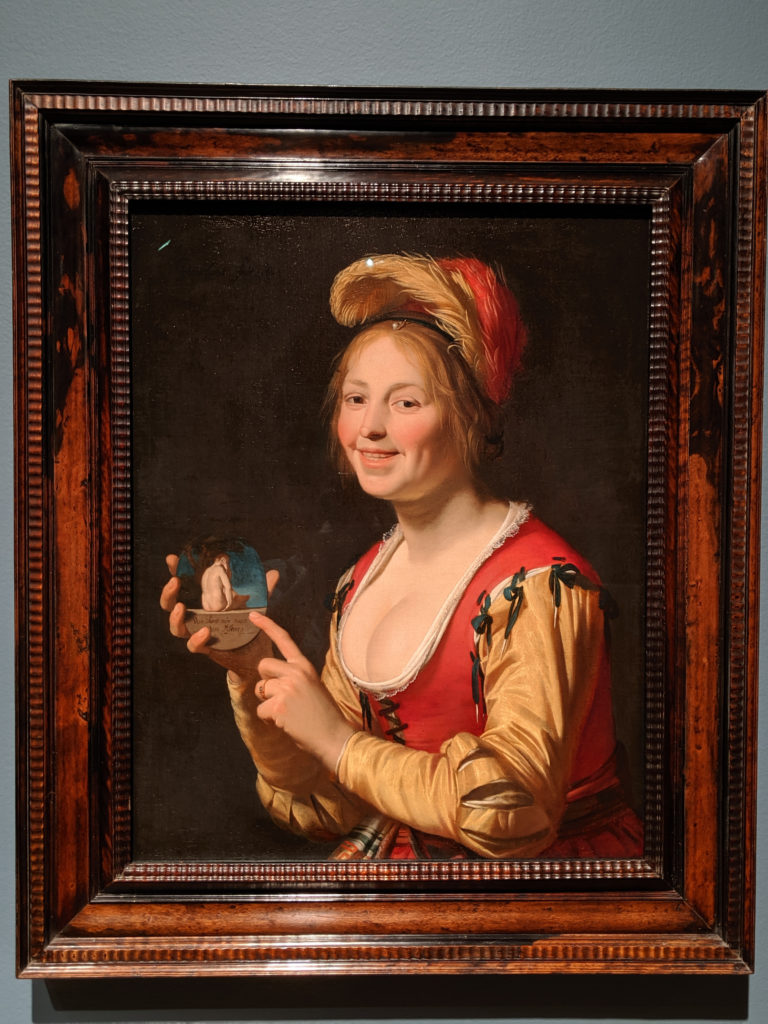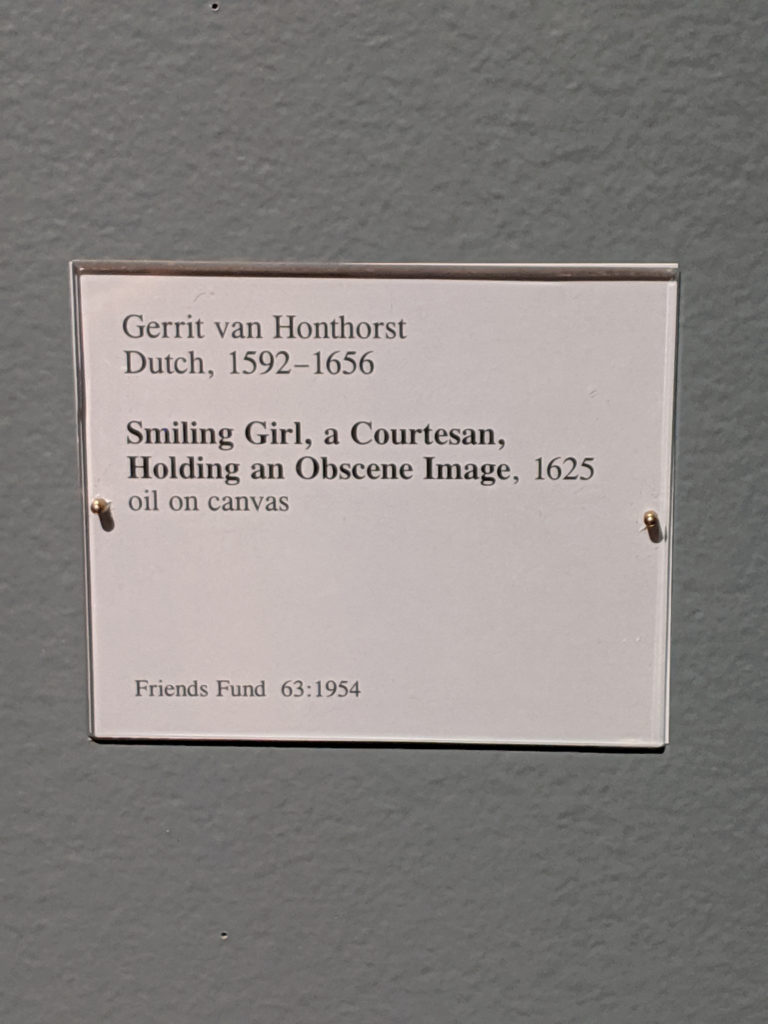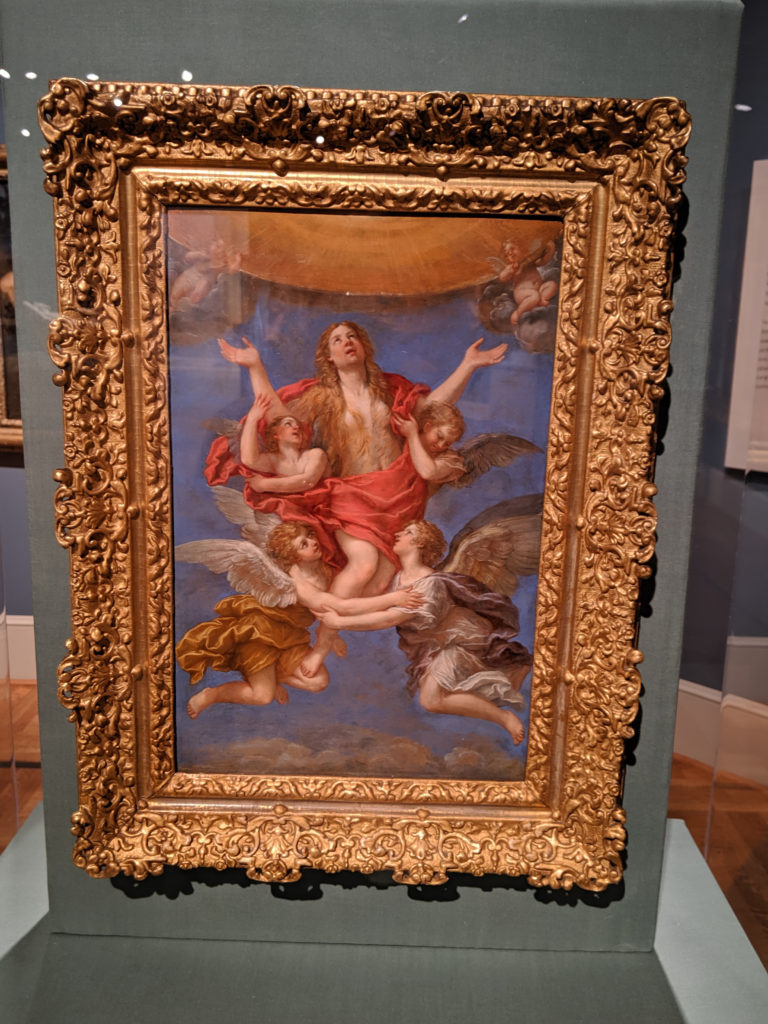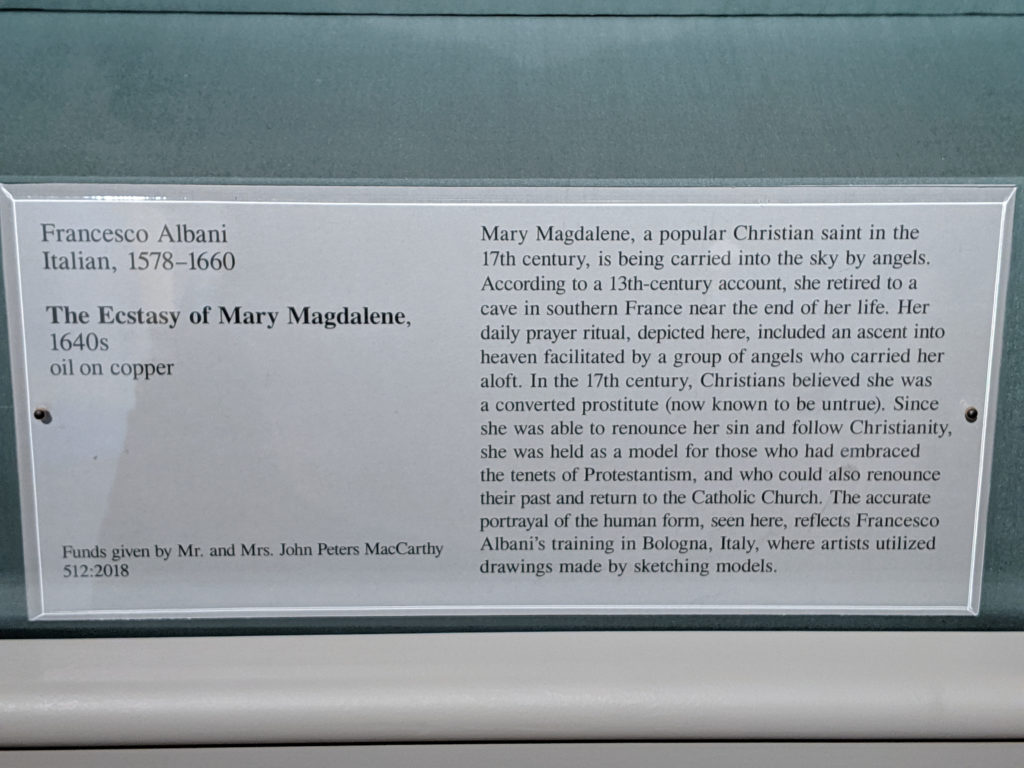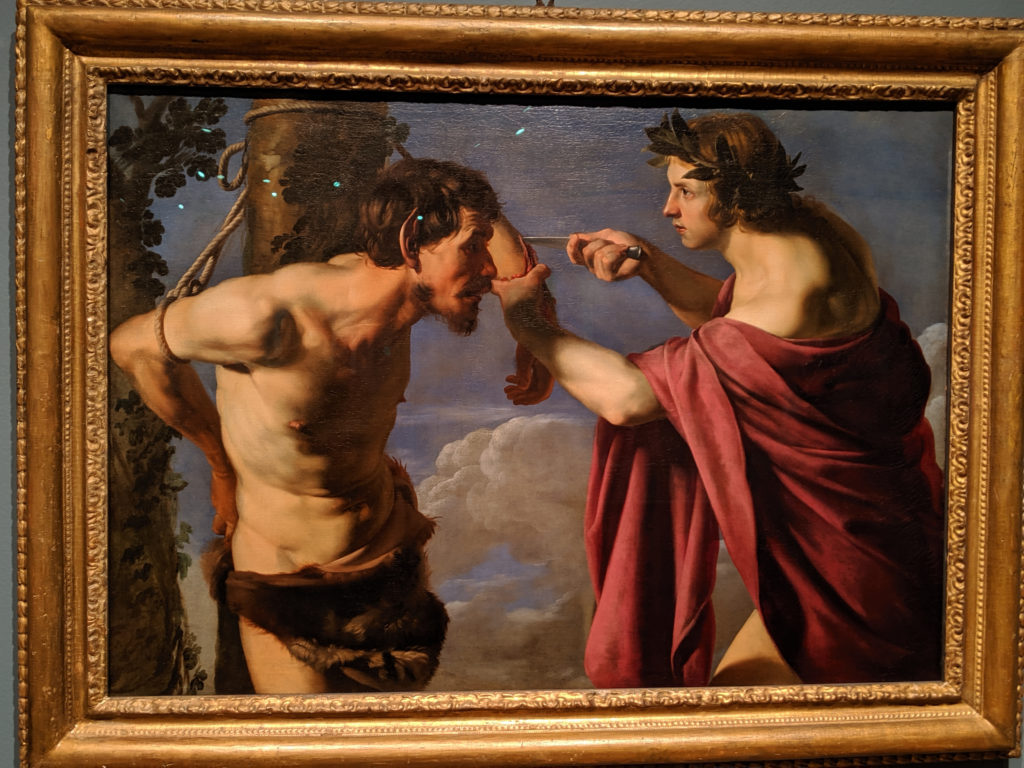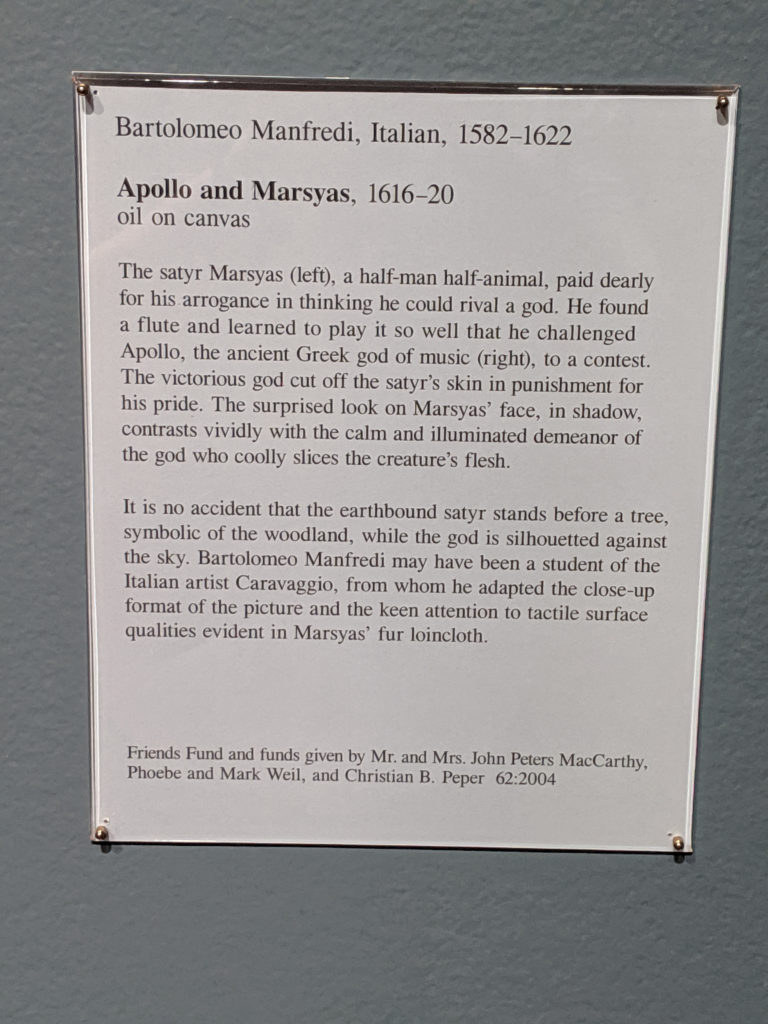*pets this fine example of miniature painting* So, okay, miniature painting in regards to the Indian usage of the term is a misnomer because it just refers to portraiture in general, and more specifically, a certain type of portraiture. This is a good example where the sitter is exalted for their wealth and elegance and beauty, and framed by exquisite and ornate art that reflects the same.
Tag: 17th century
Saturday
In looking at later examples of Wedgewood and the like, you can sense a harkening back to the great porcelain and fritware of China and the Islamic world. This is a good example of one of those formative influences that the English so readily stole from, not caring that it was, in turn, influenced by earlier works from China and Japan.
Friday
Wednesday
Thursday
On the one hand, this is extremely gorgeous and a wonderful example of enameling. On the other hand, the Virgin Mary looks like she’s going, “Oh shit, are you fucking kidding me?” in response to the news that she’s going to have the baby Jesus. Guess it’s not just the modern teenaged mothers with the elements of shock and awe on their side, eh?
Wednesday
Sunday
I feel like this is a study of everything I dislike so much in 17th Dutch painting: it’s a monochromatic study in browns of the interior of a church in a hyper-realistic psuedo-photographic style. It’s too much of a muchness. It’s the world duplicated in an exactness that is depressingly real, but in monochrome brown. (And to me, brown is the antithesis of color: it is all colors mixed together, so it isn’t really a color at all, but rather a lack of color.)
Monday
This painting is forever being trotted out in documentaries as an example of the frivolous nature of the beginning of the Rococo school of art. In reality, it’s a big fat middle finger to the Establishment – you want a courtesan? She’s not really that pretty and she smiles too much. You want fashion and frivolity? She’s nice enough dressed, I’ll grant you, but the fabrics aren’t as high quality as you’d expect in a society portrait and it’s missing some elements of crazy status. You want smutty sex and naughtiness? She’s holding what amounts to an erotica novel on the subway today: not much substance, but some outer fluff. It’s all a lot of misdirection and poofy flounce. It isn’t that naughty at all, even for its time!
Sunday
So, hey, it was totally a thing with the religious artists to paint prostitutes and adulteresses with their breasts exposed or partially exposed because that’s apparently how you tell someone is a hooker or sleeping with someone not their husband. Don’t get me started on Christ and the Woman Taken in Adultery, yo. We’ll be here all night. But yes, it is a theme. Apparently, it’s a theme that extends to reformed prostitutes turned saints, as well, because, oh hai Mary Magdalene’s boobs for no particular reason whilst angels get eyefuls adoringly, also for no particular reason. Classy, y’all. Why exactly the reformed prostitute saint is being carried aloft into the sky by angels as if she’s a Boeing jet is anyone’s guess, but we’ll leave that to your imagination and hope that your guess is better than mine.
Friday
So, quick history of pigments outside of Venice: ultramarine blue was used primarily in painting the Virgin Mary’s robes until the early 17th century, when it kind of branched out into other forms, whilst carnelian and crimson reds had been associated with Christ’s robes and blood until a subtle shift in the Reformation and Counter-reformation created a need to use color differently. Only Venetians really used color differently during this time period, and it was mostly because the amount of fucks they had to give was a big fat zero. Venetians gave zero fucks. Venice was the home of no fucks given at all. This is partially why the sky in this painting isn’t a more vivid and realistic color of blue for the sky, and why Apollo’s robes are a duller shade of red, rather than the godly/kingly shade of crimson.
